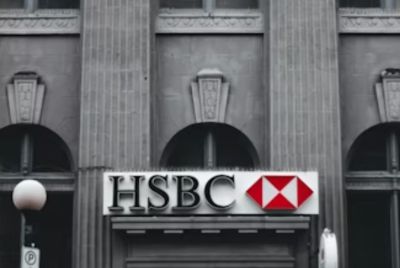The Anniversary of the Collapse of Lehman Brothers

September 15 2008 was one of the most extraordinary days in global financial history.
A simmering credit crisis exploded into a full-blown apocalypse in the global financial sector when Lehman Brothers filed for bankruptcy.
With assets of $639bn and a further $613bn of debts, it was the biggest corporate bankruptcy in the US.
The collapse of Lehman had immediate repercussions, frightening financial markets around the world, but with hindsight its demise has come to embody the failure of investment banks to adequately assess risk and invest accordingly.
Why did Lehman fail?
Lehman Brothers had been the fourth largest investment bank in the United States. Since its spin-off from American Express in 1994 Lehman was led with frightening and unrepentant authority by chairman and chief Richard "Dick" Fuld.
Fuld, who was famous for saying of his opponents that he wanted to "rip out their heart out eat it before they die", should be credited with building Lehman up from a small investment boutique into a bulge-bracket investment bank.
While he was initially praised for the way he handled the subprime crisis, Fuld was later listed in Time magazine's list of "25 People to Blame for the Financial Crisis".
Lehman had invested heavily in securities tied to the US sub-prime mortgage market. Sup-prime mortgages had been promoted by the US government as a way for lower-income families to own their own homes. They were approved to customers that were unlikely to ever pay them back. Real estate brokers all over the US were making fast money selling mortgage products without worrying about if and how these would be honoured.
By themselves, these sorts of mortgages would be deemed high-risk investments and would be priced accordingly. However, the mortgages were repackaged along with other less-risky products and sold in a bundle. Although this bundle of financial products contained the high-risk mortgages, its overall risk value was deemed to be low by the markets.
Investors in the products did not foresee a mass default on the mortgages happening within a short period of time. Subsequently, when large numbers of the customers began to default, the securities containing the mortgages became toxic, and this spread across the market.
Other big banks had invested heavily in the same bad mortgages as Lehman, but its exposure turned out to be bigger than most. As it reassessed the value of its investments, Lehman said it would write down $7.8bn. It also reported it had more than $54bn exposed to mortgage-backed securities. Investors panicked and Lehman's share price plunged by more than 95%.
Lehman had built up its big exposure to the sub-prime market at a time when investment banks held too much debt. Rather than working with its deposits, banks had lent each other too much money to finance their investments.
While Lehman was by no means the only bank to have become over-leveraged, its reliance on debt for its business model and lack of a sufficient capital buffer meant that it was unable to right itself, amid tumbling confidence in the bank.
While the US government could have intervened to save the bank, political circumstances were not favourable at the time. Lawmakers had already rescued failing sub-prime mortgage firms with public money, while the Treasury eased through the sale of another investment bank, Bear Stearns, when it looked likely to collapse.
Political winds had changed by September and the prevailing mood was that tax payers' dollars should not be used to shoulder the burden created by private companies' mistakes.
In October 2008 Fuld gave testimony before the United States House Committee about the cause of the crash. He was asked if he wondered why Lehman Brothers was the only firm that was allowed to fail, to which he responded: "Until the day they put me in the ground, I will wonder."
© Copyright IBTimes 2025. All rights reserved.






















